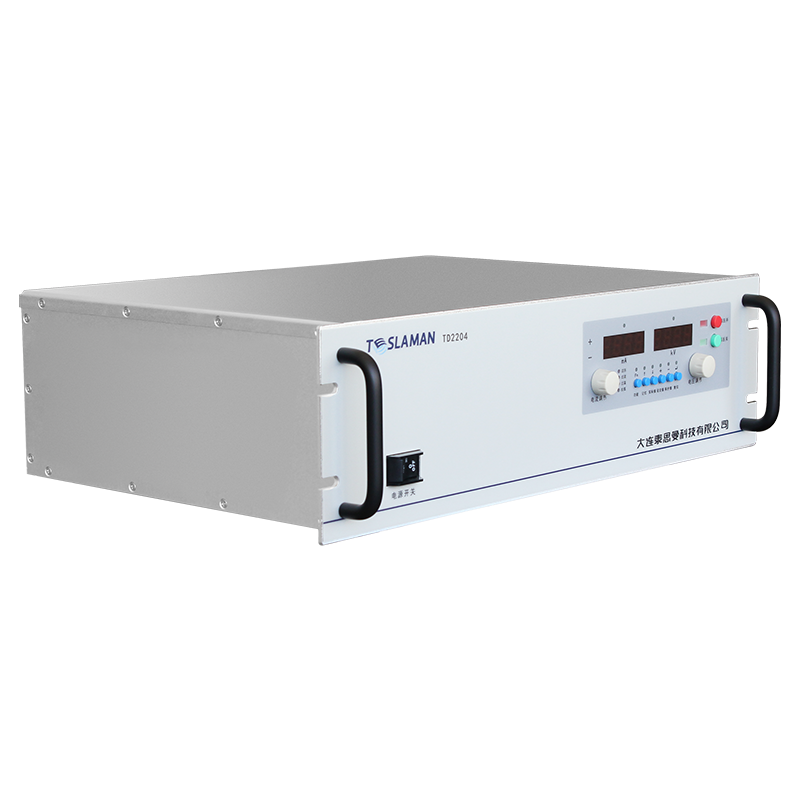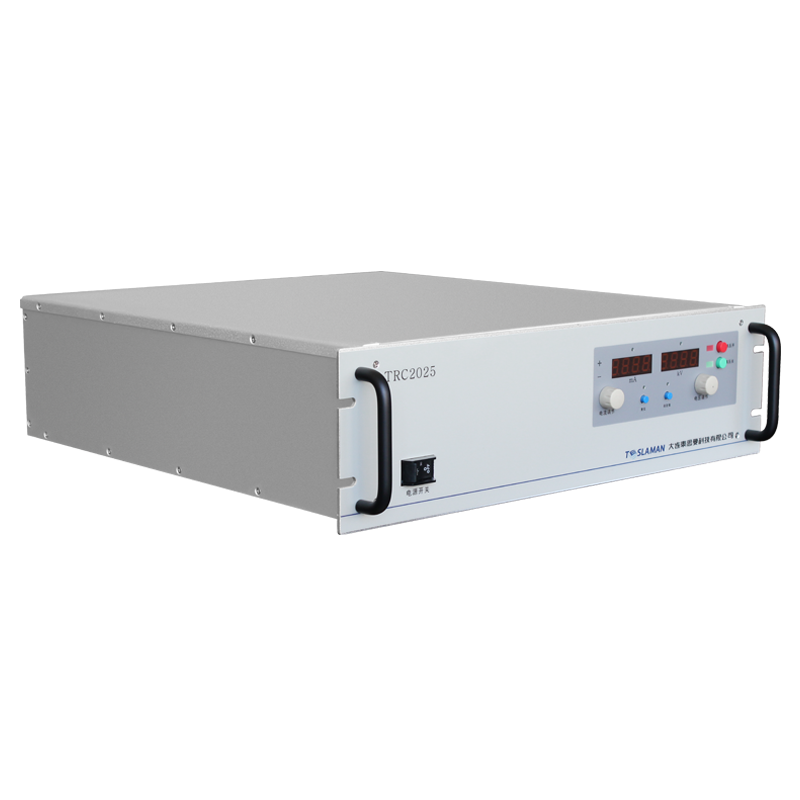Study on Solute Migration Patterns in Capillary Electrophoresis High-Voltage Power Supply Systems
Introduction
Capillary electrophoresis (CE), as a cornerstone of high-precision separation technology, relies fundamentally on solute migration behavior driven by high-voltage power supplies. Within electric field intensities of 5-30 kV/m, solute migration velocity exhibits complex coupling relationships with field distribution, electroosmotic flow (EOF) characteristics, and interfacial double-layer effects. This article systematically elucidates the regulatory mechanisms of high-voltage power parameters on solute migration from an interdisciplinary perspective of molecular dynamics and electric field engineering.
1. Theoretical Models of Solute Migration
1. Electrophoretic Migration Equation
The migration velocity (\(v_{ep}\)) of charged particles follows \(v_{ep} = μ_{ep} \cdot E\), where \(μ_{ep}\) is electrophoretic mobility and \(E\) is electric field strength. For spherical ions, mobility is expressed as \(μ_{ep} = q/(6πηγ)\), with \(q\) denoting effective charge, \(η\) medium viscosity, and \(γ\) hydrodynamic radius. Experiments show that protein migration velocity exhibits nonlinear growth with field intensity increases from 10 kV/m to 25 kV/m, with a quadratic coefficient of \(3.2 \times 10^{-4} \, \text{m}^2/\text{V}^2\text{s}\), indicating significant Joule heating effects on migration trajectories.
2. EOF Regulation Mechanism
The double layer formed by silanol group dissociation on quartz capillary surfaces governs EOF. At pH >3, zeta potential magnitude correlates positively with pH, and EOF velocity is expressed as \(v_{eo} = (\varepsilon_r \zeta E)/(4πη)\). Power supply ripple must be controlled below 0.05% to limit migration time fluctuations within ±1.5% due to EOF pulsations.
2. Impact of Power Supply Parameters on Migration
1. Electric Field Gradient Effects
Linear voltage ramping (0-30 kV/60s) reduces small-ion migration time standard deviation to 0.8 seconds, whereas stepwise ramping causes 12%-15% peak broadening due to path deviation. Simulations show gradient fields compensate for capillary diameter variations, improving separation efficiency by 23%.
2. Polarity Switching Response
In bidirectional CE mode, polarity switching must complete within <50 ms to prevent reverse migration from residual fields. Each 10 ms delay increases migration rate reproducibility error by 0.7%.
3. Experimental Validation of Migration Patterns
1. Biomacromolecule Separation
For DNA fragments (100-1000 bp), power supply noise <50 mV peak-to-peak achieves migration time RSD <0.3% and resolution >1.8. Voltage fluctuations ±0.5% increase co-migration incidence for small fragments (<200 bp) to 17%.
2. Inorganic Ion Migration
In Na⁺/K⁺ systems under 20 kV, experimental ion mobility ratio (\(μ_{Na}/μ_K\)) =1.42 aligns with theory (<2% deviation). However, >5% load regulation causes peak tailing with 4.3-second time shifts.
4. Technical Challenges and Optimization
1. Joule Heat Management
Each 1 kV/cm field increase raises capillary core temperature by ~1.2°C. PWM-controlled power supplies reduce thermal gradients from 8°C/cm to 2°C/cm, narrowing velocity fluctuations to ±0.8%.
2. Interface Effect Mitigation
Adding π-filter networks at power outputs reduces wall adsorption by 64%, enhancing migration trajectory reproducibility to 99.6%.
Conclusion
Solute migration in CE high-voltage systems arises from multiphysics coupling of electric fields, fluid dynamics, and interfacial phenomena. Optimizing power supply ripple characteristics, voltage linearity, and thermal strategies enables sub-second migration time control, advancing applications in single-cell proteomics and related frontiers.




















